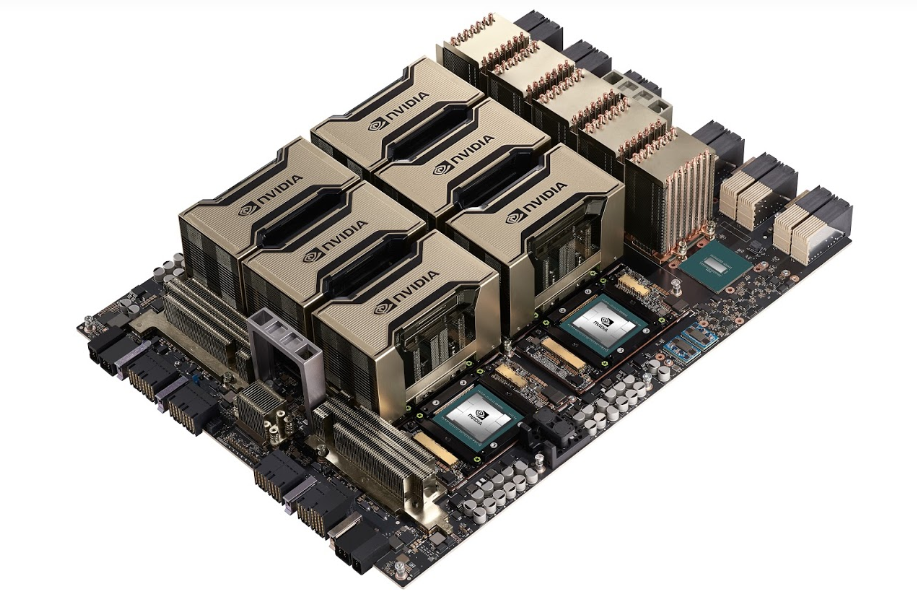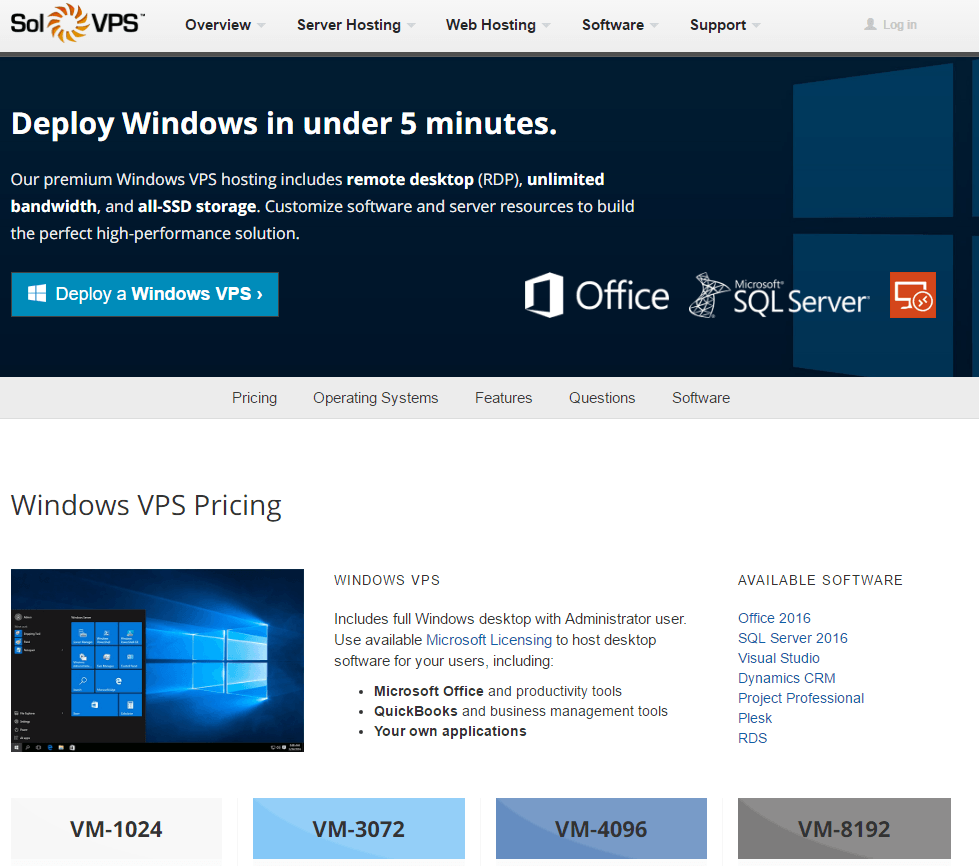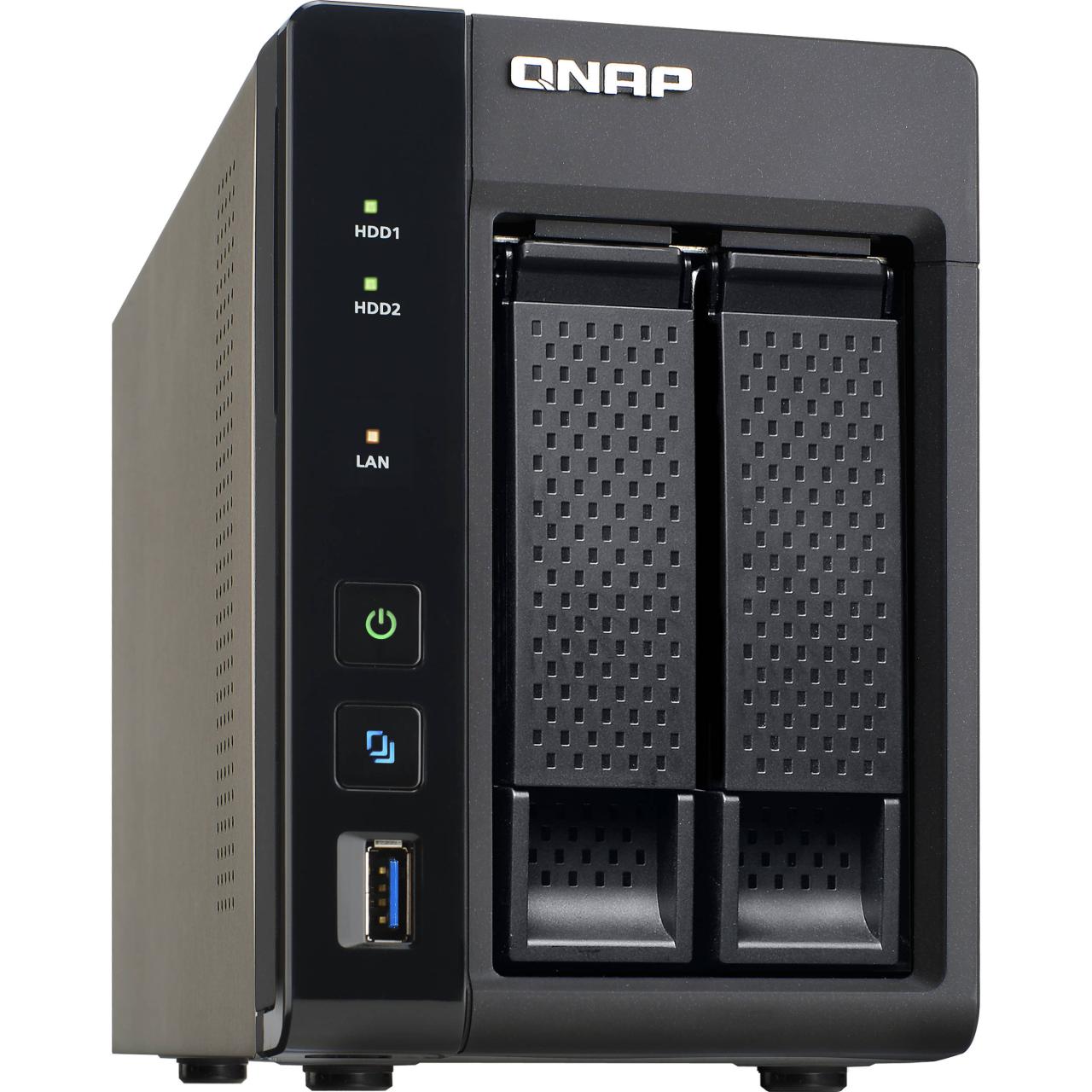GPU servers, the workhorses of modern computing, have revolutionized how we process vast amounts of data and tackle complex tasks. These specialized servers, equipped with powerful graphics processing units (GPUs), excel in applications requiring immense parallel processing power, such as deep learning, scientific simulations, and video rendering.
At the heart of a GPU server lies the GPU, a specialized processor designed for parallel computations. This parallel processing capability allows GPUs to handle tasks that would take traditional CPUs significantly longer, making them ideal for demanding applications like machine learning, artificial intelligence, and high-performance computing.
GPU Server Cost Considerations

The cost of a GPU server is a significant factor to consider when deciding whether to invest in one. Several factors influence the overall cost, including hardware acquisition, maintenance, and operational expenses. This section explores these cost considerations, comparing on-premises and cloud-based solutions and providing insights into optimizing GPU server costs.
On-Premises vs. Cloud-Based GPU Server Costs
The choice between an on-premises and a cloud-based GPU server solution significantly impacts the cost structure. On-premises solutions involve purchasing and maintaining physical hardware, while cloud-based solutions involve renting computing resources from a cloud provider.
- On-Premises Costs:
- Hardware Acquisition: The initial investment in an on-premises GPU server includes the cost of GPUs, CPUs, RAM, storage, and other hardware components. The price of these components can vary depending on their performance and specifications. For example, high-end GPUs like the NVIDIA A100 can cost thousands of dollars each, while lower-end GPUs like the GTX 1660 Super are significantly cheaper.
- Maintenance: Maintaining an on-premises GPU server involves ongoing expenses, including electricity, cooling, and server management. Electricity consumption can be substantial, especially for high-performance servers with multiple GPUs. Cooling systems are essential to prevent overheating and ensure optimal performance. Server management includes tasks like software updates, security patching, and hardware maintenance.
- Staffing: On-premises solutions often require dedicated IT staff to manage the server infrastructure. This can include costs for salaries, benefits, and training.
- Cloud-Based Costs:
- Rental Fees: Cloud providers charge hourly or monthly fees for GPU instances based on their performance and specifications. The pricing model can vary depending on the cloud provider and the specific instance type.
- Data Transfer: Transferring data to and from the cloud can incur additional costs, especially for large datasets. Some cloud providers offer free data transfer within their network, but charges may apply for external transfers.
- Software Licenses: Depending on the software used, additional licensing costs may apply for cloud-based solutions. For example, some software vendors offer different pricing models for on-premises and cloud-based deployments.
Optimizing GPU Server Costs
Several strategies can help optimize the cost of GPU server operations. These strategies aim to maximize utilization, reduce unnecessary expenses, and leverage cost-effective solutions.
- Resource Utilization:
- GPU Scheduling: Efficiently scheduling GPU tasks can maximize utilization and reduce idle time. This can involve using tools like Slurm or Kubernetes to manage GPU resources and prioritize workloads.
- Multi-Tenancy: Sharing GPU resources among multiple users or applications can improve utilization and reduce overall costs. This approach requires careful resource allocation and monitoring to ensure fair access and optimal performance.
- Cost-Effective Solutions:
- Cloud Optimization: Choosing the right cloud provider and instance type can significantly impact costs. Comparing pricing models and performance metrics can help identify the most cost-effective solution. Cloud providers often offer discounts for sustained usage or reserved instances.
- Open-Source Software: Using open-source software alternatives can reduce licensing costs. Several open-source tools and frameworks are available for GPU-accelerated computing, such as TensorFlow, PyTorch, and CUDA.
- Maintenance and Management:
- Automation: Automating tasks like software updates, security patching, and monitoring can reduce manual effort and minimize downtime. This can involve using tools like Ansible or Puppet to manage server configurations and deployments.
- Monitoring and Optimization: Continuously monitoring GPU server performance and resource utilization can help identify bottlenecks and optimize settings. This can involve using tools like Grafana or Prometheus to collect and visualize performance data.
GPU Server Case Studies
Real-world applications showcase the transformative power of GPU servers across various industries. These case studies highlight the benefits, challenges, and lessons learned from implementing GPU servers, providing valuable insights for future deployments.
Healthcare: Accelerating Medical Imaging Analysis, Gpu server
The rapid growth of medical imaging data presents significant challenges for healthcare providers. GPU servers are instrumental in accelerating image analysis tasks, leading to faster diagnoses and improved patient care.
One notable example is the use of GPU servers for radiology. Hospitals and clinics utilize these servers to expedite image processing, enabling faster and more accurate diagnoses of conditions like cancer and other diseases. This translates into quicker treatment decisions and improved patient outcomes.
Furthermore, GPU servers play a crucial role in drug discovery. Researchers leverage the computational power of these servers to simulate complex molecular interactions, accelerating the process of identifying new drugs and therapies.
Finance: Enhancing Risk Modeling and Fraud Detection
The financial industry relies heavily on complex algorithms for risk modeling and fraud detection. GPU servers provide the computational horsepower needed to handle massive datasets and execute intricate calculations in real-time.
For instance, investment banks use GPU servers to run sophisticated risk models, evaluating various market scenarios and identifying potential risks. This allows them to make more informed investment decisions and manage their portfolios effectively.
Additionally, financial institutions leverage GPU servers to improve fraud detection systems. By analyzing vast amounts of transaction data, these servers can identify suspicious patterns and flag potential fraudulent activities, protecting both institutions and customers.
Manufacturing: Optimizing Production Processes
Manufacturing companies are increasingly adopting GPU servers to optimize production processes, improve product quality, and enhance efficiency.
For example, automotive manufacturers utilize GPU servers for computer-aided design (CAD) and simulation. This enables them to design and test new vehicles virtually, reducing the need for expensive physical prototypes and accelerating the development process.
Moreover, industrial robots equipped with GPU servers can perform complex tasks with greater precision and flexibility. This leads to improved product quality and reduced production costs.
Research and Development: Pushing the Boundaries of Science
GPU servers are indispensable tools for researchers across various scientific disciplines, enabling them to tackle complex problems and push the boundaries of knowledge.
In scientific computing, GPU servers are used for simulations and data analysis in fields like climate modeling, astrophysics, and materials science. These servers enable researchers to run simulations at unprecedented scales, providing deeper insights into complex phenomena.
Furthermore, artificial intelligence (AI) research relies heavily on GPU servers. Researchers use these servers to train and evaluate AI models, accelerating the development of advanced AI applications in fields like natural language processing, computer vision, and robotics.
Key Benefits and Challenges
GPU servers offer a range of benefits, including:
- Enhanced performance: GPU servers provide significant performance gains compared to traditional CPUs, enabling faster processing of complex tasks.
- Increased efficiency: By accelerating tasks, GPU servers streamline workflows and improve overall efficiency.
- Reduced costs: While the initial investment in a GPU server may be higher, the long-term cost savings from accelerated workflows and improved efficiency can be substantial.
However, there are also some challenges associated with GPU server deployments:
- High initial cost: GPU servers can be expensive, especially high-end models with multiple GPUs.
- Technical expertise: Managing and optimizing GPU servers requires specialized technical expertise.
- Power consumption: GPU servers consume significant amounts of power, which can increase energy costs.
Lessons Learned
Case studies have revealed several key lessons for successful GPU server deployments:
- Identify the right use cases: Not all applications benefit from GPU acceleration. It’s crucial to carefully identify tasks that can be significantly accelerated by GPU servers.
- Optimize for specific workloads: Different GPU architectures and configurations are optimized for different types of workloads. Selecting the right hardware is essential for achieving optimal performance.
- Invest in skilled personnel: Managing and optimizing GPU servers requires specialized skills. Companies should invest in training personnel or hire experts to ensure efficient operation.
End of Discussion: Gpu Server
The evolution of GPU servers has significantly impacted various industries, from scientific research to entertainment. Their ability to accelerate complex calculations and handle massive datasets has opened doors to previously unimaginable possibilities. As technology advances, we can expect even more innovative applications and advancements in GPU server technology, pushing the boundaries of what’s possible in the realm of computing.
A GPU server can handle complex tasks like rendering 3D models or training AI models. It’s all about processing power, but sometimes you just need a little fun. You can create your own calming sensory experience with homemade kinetic sand , which is a great way to de-stress after a long session working with your GPU server.
Whether you’re crunching numbers or just playing around, finding a balance between work and play is important.




